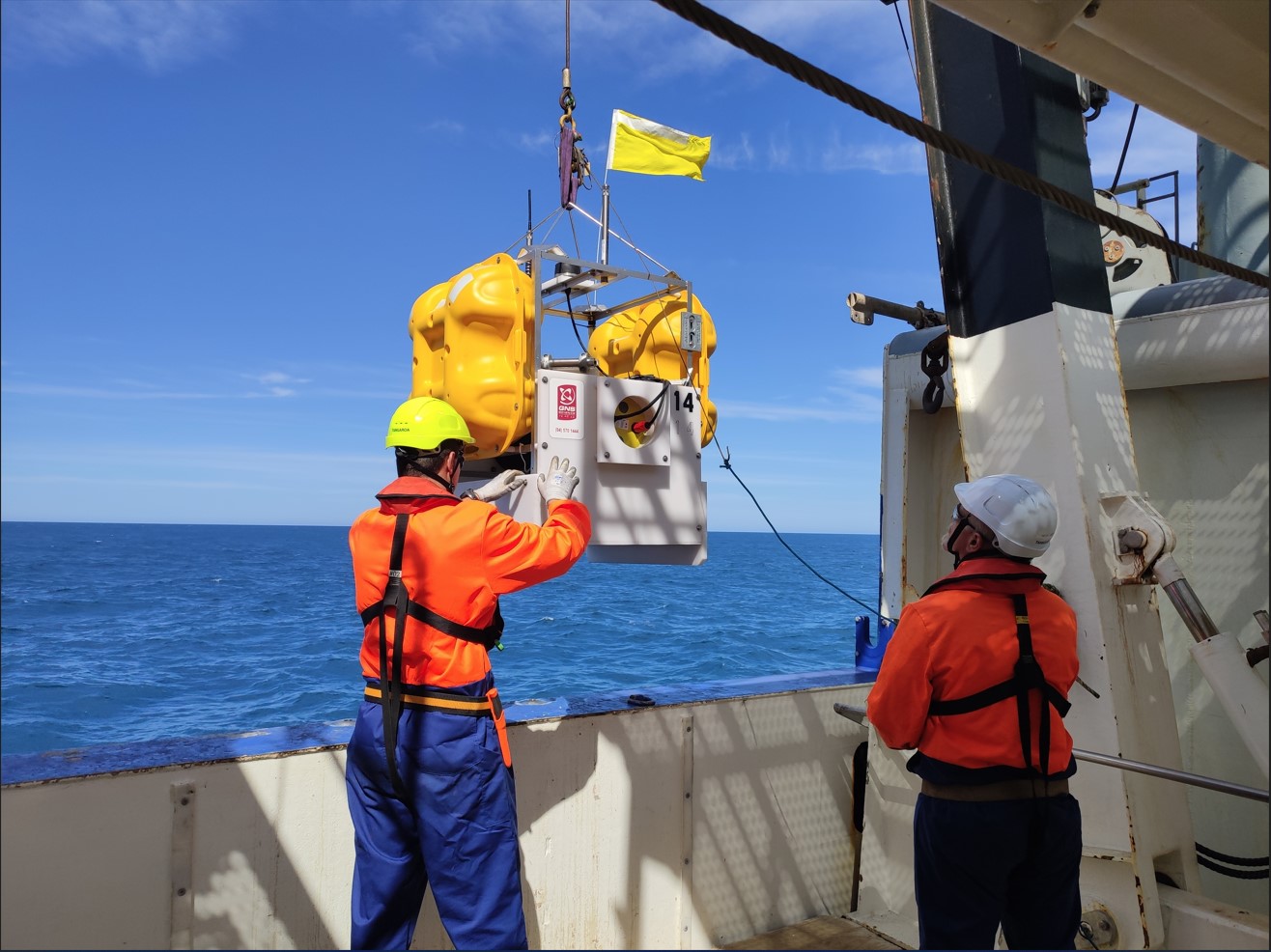
Student identifies ancient volcanic eruptions through “cryptotephra”

Masters’ student Madison Clarke has uncovered evidence of multiple volcanic eruptionsover the last one million years, using deposits of volcanic material so small, they are invisible to the naked eye.
In 2018, the IODP (International Ocean Drilling Programme)retrieved a 500-metre-long core from the Hikurangi Subduction Zone. The core representsnearly one million years of history. Clarke is part of a larger teamutilising the core, led by Dr Lorna Strachan at the University of Auckland.
The core, taken from Aotearoa’s largest and most active fault, will allow Dr Strachan’s team to investigate a long held, but as-yet untested, hypothesis that climate and sea level can impact the frequency of earthquakes and volcanic eruptions.
Clarke’s work searching for microscopic volcanic material deposits, called ‘cryptotephra’,will help to answer part of this question by improving the record of volcanic activity for the past one million years.
These elusive deposits are sometimes the only evidence of volcanic activity from the distant past and searching for them is no simple task.
“Volcanic eruptions can be so explosive that they destroy on-land deposits of ash from previous events” said Clarke “using an offshore core, we can search for the tiny deposits of volcanic material that was blown offshore by wind.”
“There was a chance I wouldn’t find anything” said Clarke “But, what I found was anything but a failure, of the 13 targeted areas, 11 cryptotephra deposits were identified.”
Clarke examined key characteristics, such as shape andconcentration, of microscopic glass shards, and the major element geochemistry of the depositsto determine that what she had found was evidence of an ancient volcanic eruption.
By using this technique, Clarke’s research went a step beyond identifyingdeposits, to making interpretations about them, that can now be used to further develop the record of volcanism from the Taupō Volcanic Zone.
The identified cryptotephra deposits were found to representseveral past volcanic eruptions, the latest of which was from an eruption 5,500 years ago, and the earliest deposit identified was from 977,000 years ago.
“This shows that this method can be applied on long cores over large time scales.” said Clarke.
Once complete, Dr Strachan’s team will have established Aotearoa’s longest record of earthquake and volcanic history and determine whether there is a causal link between climate and volcanic and seismic activity.
24 July 2023
Disclaimers and Copyright
While every endeavour has been taken by the East Coast Lab Hikurangi Subduction Zone M9 to ensure that the information on this website is
accurate and up to date, East Coast Lab Hikurangi Subduction Zone M9 shall not be liable for any loss suffered through the use, directly or indirectly, of information on this website. Information contained has been assembled in good faith.
Some of the information available in this site is from the New Zealand Public domain and supplied by relevant
government agencies. East Coast Lab Hikurangi Subduction Zone M9 cannot accept any liability for its accuracy or content.
Portions of the information and material on this site, including data, pages, documents, online
graphics and images are protected by copyright, unless specifically notified to the contrary. Externally sourced
information or material is copyright to the respective provider.
© East Coast Lab Hikurangi Subduction Zone M9 - www.eastcoastlab.org.nz / +64 6 835 9200 / info@eastcoastlab.org.nz
